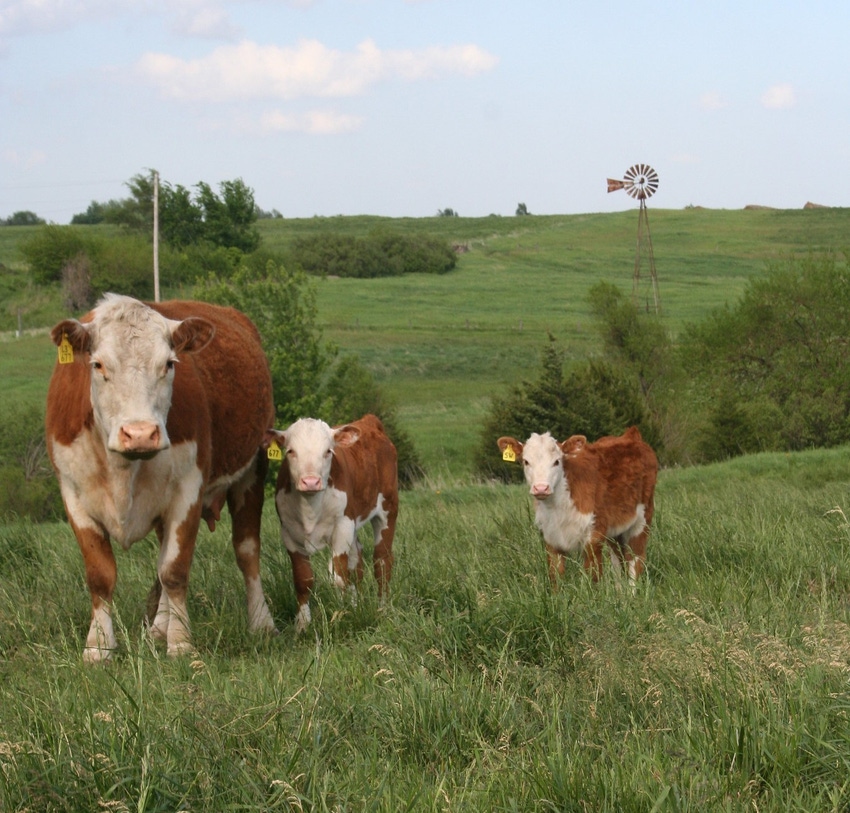Protecting Success: Bagley Risk Management Provider
Protecting Success: Bagley Risk Management Provider
Blog Article
Understanding Livestock Risk Protection (LRP) Insurance: A Comprehensive Guide
Navigating the realm of livestock risk defense (LRP) insurance coverage can be a complicated undertaking for lots of in the farming field. From just how LRP insurance policy operates to the various insurance coverage choices available, there is much to uncover in this extensive overview that could possibly form the means animals manufacturers approach danger administration in their companies.
.png)
Exactly How LRP Insurance Functions
Periodically, comprehending the auto mechanics of Livestock Danger Defense (LRP) insurance can be intricate, however breaking down how it functions can supply clarity for farmers and breeders. LRP insurance policy is a danger management device created to protect animals manufacturers against unexpected price declines. It's vital to keep in mind that LRP insurance is not an earnings guarantee; instead, it concentrates entirely on rate risk security.
Qualification and Coverage Options

When it comes to protection alternatives, LRP insurance policy supplies manufacturers the adaptability to choose the protection degree, insurance coverage duration, and endorsements that finest suit their danger administration needs. By comprehending the qualification requirements and insurance coverage alternatives available, livestock producers can make enlightened choices to manage risk properly.
Benefits And Drawbacks of LRP Insurance
When evaluating Livestock Risk Protection (LRP) insurance coverage, it is important for animals producers to weigh the benefits and negative aspects inherent in this risk administration tool.

One of the main benefits of LRP insurance policy is its ability to supply defense against a decline in livestock prices. This can assist guard producers from financial losses resulting from market variations. Additionally, LRP insurance coverage supplies a level of adaptability, enabling producers to tailor insurance coverage levels and policy durations to suit their particular demands. By locking in a guaranteed cost for their animals, manufacturers can better handle risk and strategy for the future.
One restriction of LRP insurance is that it does not secure versus all types of dangers, such as disease break outs or all-natural calamities. It is critical for producers to thoroughly examine their specific threat direct exposure and monetary situation to determine if LRP insurance coverage is the best threat administration tool for their operation.
Recognizing LRP Insurance Policy Premiums

Tips for Optimizing LRP Benefits
Optimizing the benefits of Animals Risk Protection (LRP) insurance calls for calculated planning and positive risk monitoring - Bagley Risk Management. To take advantage of your LRP coverage, think about the following ideas:
Regularly Evaluate Market Problems: Stay notified regarding market patterns and price variations in the livestock industry. By keeping an eye on these elements, you can make educated choices concerning when to purchase LRP insurance coverage to shield versus prospective losses.
Establish Realistic Coverage Levels: When selecting coverage levels, consider your manufacturing costs, market price of livestock, and prospective dangers - Bagley Risk Management. Establishing sensible insurance coverage degrees guarantees that you are properly safeguarded without overpaying for unnecessary insurance coverage
Diversify Your Insurance Coverage: As opposed to depending only on LRP insurance coverage, think about expanding your threat administration methods. Integrating LRP with various other danger monitoring devices such as futures agreements or alternatives can provide comprehensive protection versus market uncertainties.
Evaluation and Adjust Coverage Routinely: As market conditions alter, regularly evaluate your LRP insurance coverage to guarantee it straightens with your current danger direct exposure. Readjusting insurance coverage degrees and timing of purchases can assist optimize your danger protection technique. By adhering to these suggestions, visit this website you can optimize the advantages of LRP insurance and guard your animals operation versus unanticipated dangers.
Conclusion
Finally, animals danger defense (LRP) insurance policy is a useful device for farmers to handle the economic dangers related to their livestock operations. By recognizing important source how LRP works, qualification and coverage options, as well as the benefits and drawbacks of this insurance, farmers can make educated choices to shield their incomes. By very carefully taking into consideration LRP premiums and carrying out strategies to make the most of benefits, farmers can reduce possible losses and make certain the sustainability of their procedures.
Livestock manufacturers interested in acquiring Livestock Danger Protection (LRP) insurance can discover a variety of eligibility criteria and insurance coverage alternatives tailored to their specific livestock procedures.When it comes to coverage alternatives, LRP insurance provides producers the flexibility to pick the insurance coverage level, insurance coverage duration, and endorsements that finest fit their risk administration needs.To comprehend the ins and outs of Livestock Danger Protection (LRP) insurance policy fully, see this comprehending the variables affecting LRP insurance costs is crucial. LRP insurance premiums are determined by numerous aspects, including the insurance coverage level chosen, the expected rate of livestock at the end of the protection duration, the kind of animals being guaranteed, and the size of the protection period.Testimonial and Adjust Insurance Coverage Regularly: As market conditions change, periodically examine your LRP coverage to guarantee it straightens with your present risk exposure.
Report this page